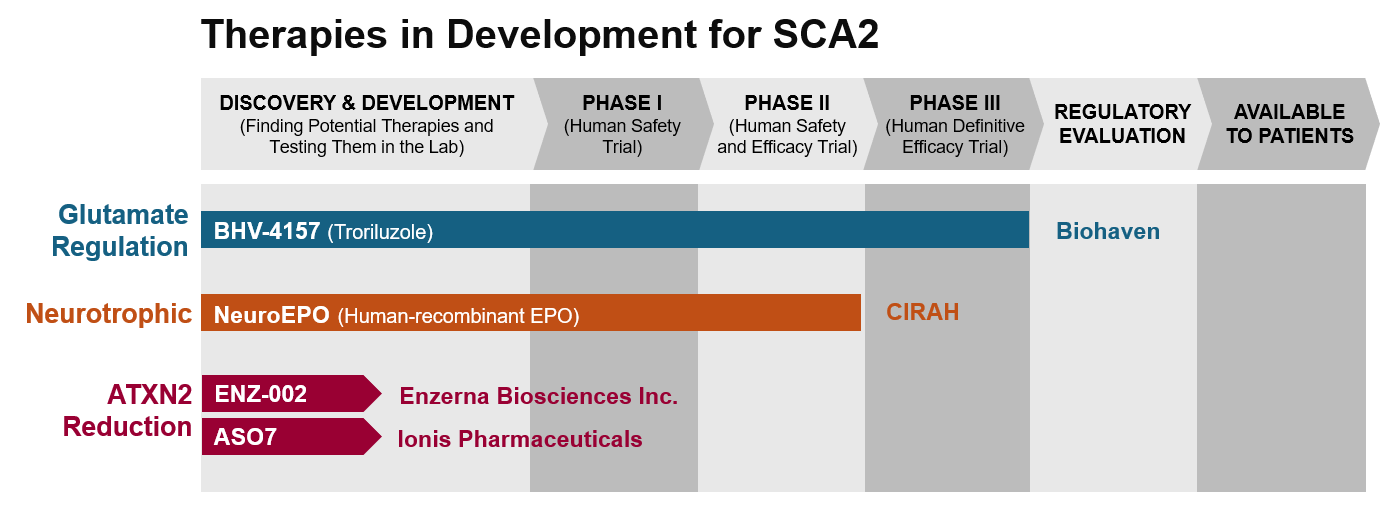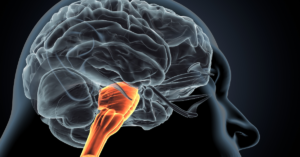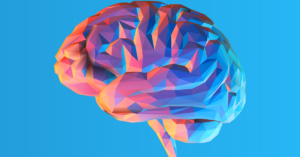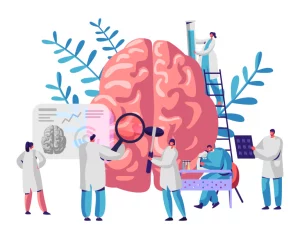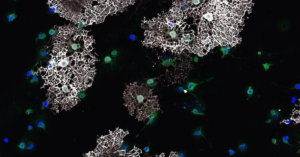
Snapshot: What are oligodendrocytes?
Oligodendrocytes are a type of brain cell that play a crucial role in insulating neurons to facilitate efficient transmission of electrical signals. Similar to the rubber coating on cords, oligodendrocytes Read More…


